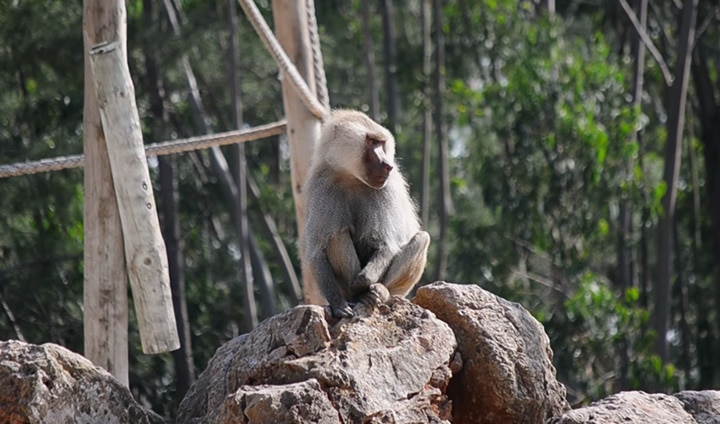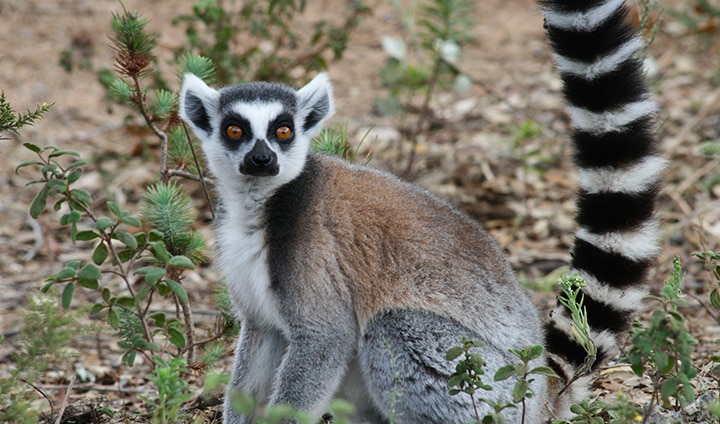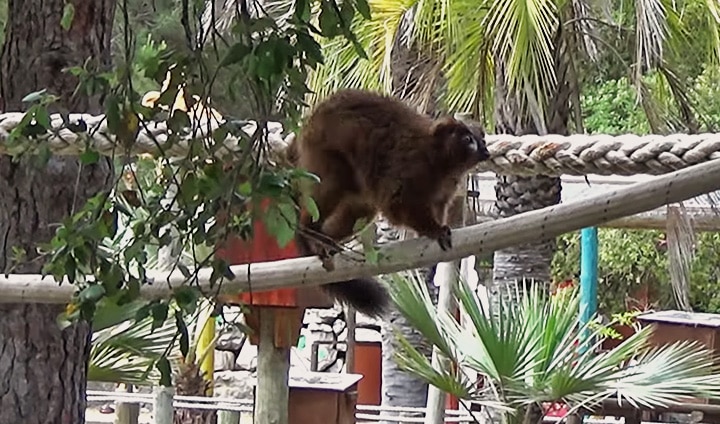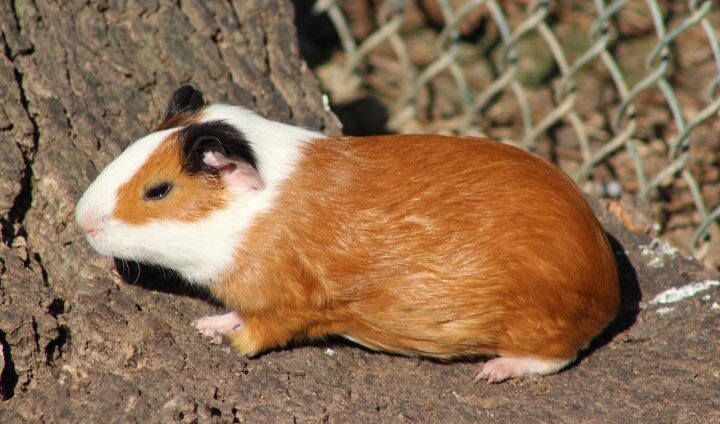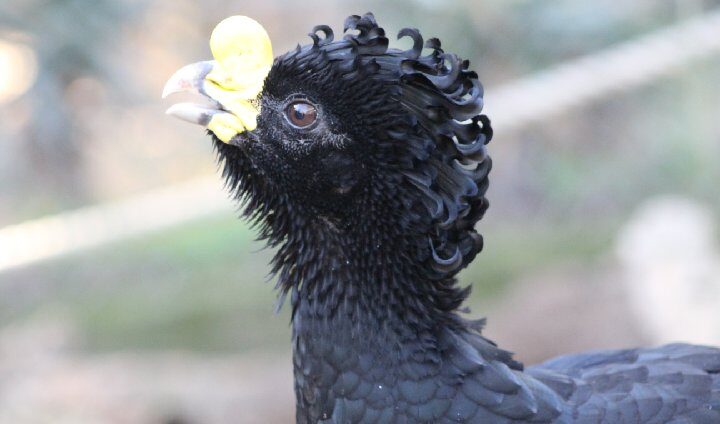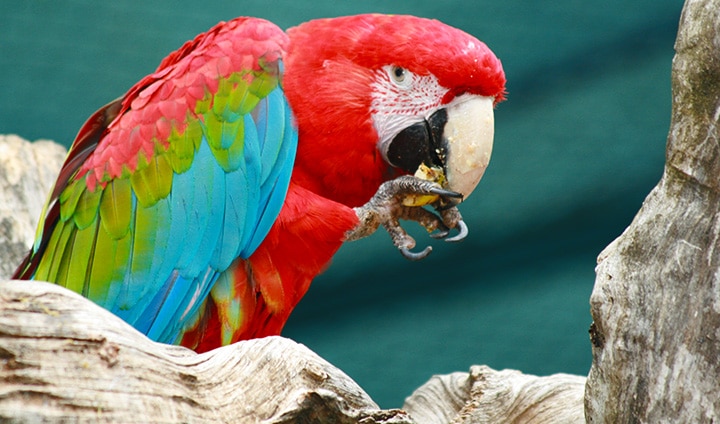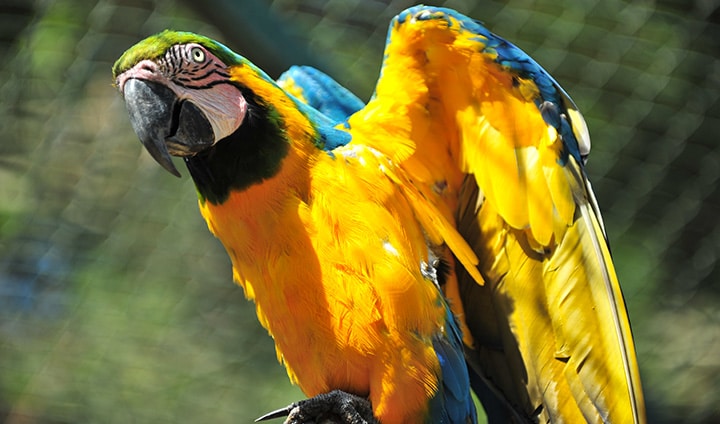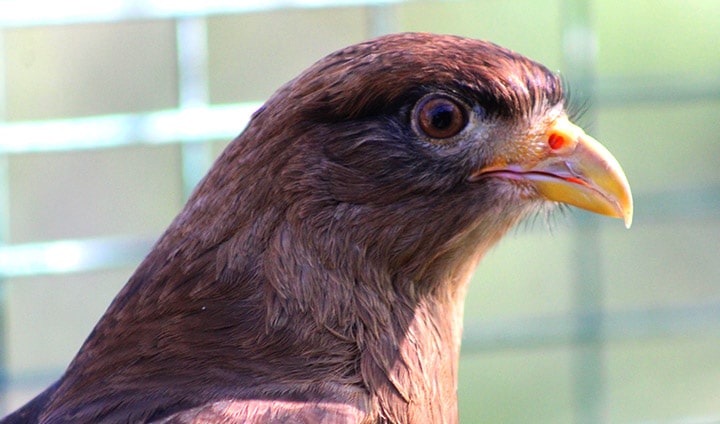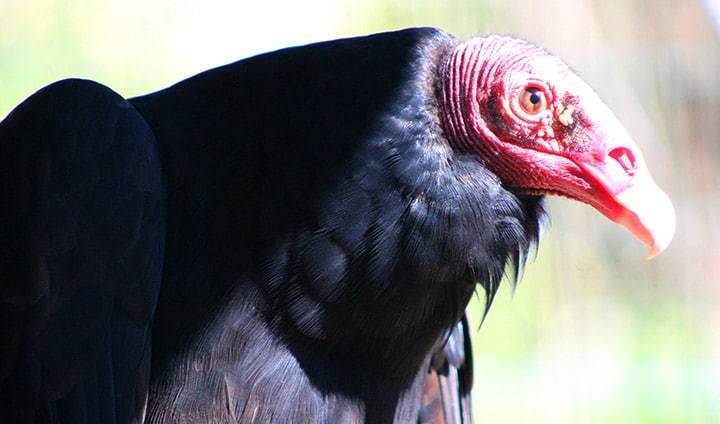Diet: Omnivorous and opportunistic, based on herbs, sprouts and fruits of desert shrubs, as well as invertebrates, especially insects (like locusts). They can travel almost 20 km a day searching for food. Reproduction: Males are considerably larger than females (as... READ MORE.
Animals
Ring-tailed Lemur
Habitat and Geographical Distribution: Found in deciduous forests and arid shrubland areas. Only exist on the island of Madagascar. Diet: Based on herbs, shoots, tree fruits and flowers. Sometimes also catch insects. Reproduction: The mating period usually occurs between April... READ MORE.
Red-bellied Lemur
Habitat and Geographical Distribution: Rainforests in upland and mountainous areas, up to an altitude of 2400 m. Endemic to Madagascar’s eastern rainforests. Diet: Fruit, leaves and flowers as well as invertebrates such as centipedes and millipedes. Feeds by day and... READ MORE.
Guinea Pig
Distribution: No longer exist in the wild. Began to be domesticated as of 5000 BC and so exist today as domestic animals around the world. They are, however, native to South America. Diet: Herbivore. Mainly eat vegetables and fruits. Reproduction:... READ MORE.
Great Curassow
Habitat and distribution: Undisturbed tropical forests and mangroves. If they feel safe can be found in more open areas. Found in Central America, from Mexico to Colombia and parts of Ecuador. Diet: Omnivores: mostly fruit but also leaves and occasionally... READ MORE.
Red-and-green Macaw
Distribution and Habitat: Argentina, Colombia, Venezuela, Brazil, Bolivia, Panama and Paraguay. Live in rainforests and tropical zones. Diet: Nuts, seeds, fruits. Reproduction: Monogamous species. 2 eggs, 28 days of incubation. Behaviour: Live in couples and/or in a flock, and usually... READ MORE.
Blue-and-yellow Macaw
Habitat: Tropical forests and wooded savannahs, riparian areas. Diet: Nuts, seeds, fruits. Reproduction: 1-3 eggs; 28 days of incubation. Behaviour: They live in flocks, typically up to about 20 individuals, but couples usually fly together. Very noisy, with loud vocalisations.... READ MORE.
Chimango caracara
Habitat and geographic distribution: Natural fields, grasslands, agricultural areas, beaches and sand banks. Originally from South America, it is present in Brazil, Argentina, Chile, Uruguay and Paraguay. Diet: Opportunist, feeds on a wide variety of invertebrates, amphibians and reptiles, small... READ MORE.
Turkey Vulture
Habitat and geographic distribution: Arid areas, pastures, subtropical forests, periphery of urban areas. Found almost throughout the Americas, from Canada to South America. Diet: Scavenger, feeds on carcasses of capybaras, tapirs, deer and birds. Has a preference for smaller animals... READ MORE.



